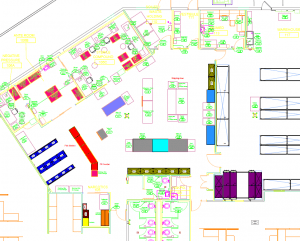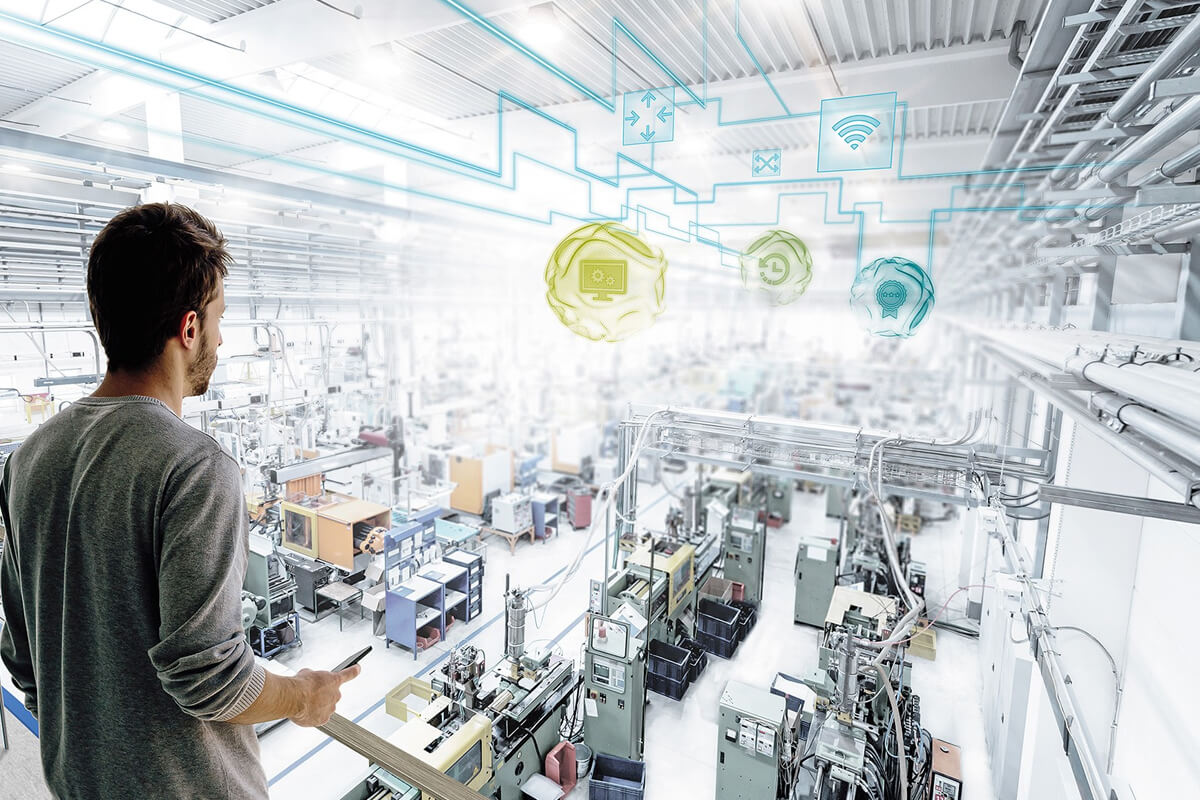When you think pharmacy, you undoubtedly think of your local outpatient pharmacy with it’s simple layout, drop-off and pick-up counters and rows of open shelving, neatly organizing hundreds of medications. In reality, inpatient pharmacies share many of the same characteristics. There are points of check-in and checkout, rows of medication storage, and a technician counting pills.
However, the operations and workflow of an inpatient pharmacy can vary dramatically from your corner drug store. For the control center for every drug in the hospital, efficiency is key. Every pill, every shot, every IV bag administered to a patient must first go through the pharmacy; received, unpacked, labeled, organized, stored, compounded, re-labeled, released. It’s the “unseen” operation that can directly impact the successes (and even failures) of any patient’s recovery. If designed correctly, this mission-critical environment can adapt to the changing hospital environment quickly.
So how do you design for such an environment?
There are many challenges in modern pharmacy design; one being that just about every pharmacy is unique. Different sizes, personnel, layouts, receiving systems, dispensing procedures; the list goes on and on. The key to overcoming this is to talk to the pharmacy staff, learn how they work, shadow them, and always ask “why?”.
By understanding the staff’s basic workflow, the general layout will come naturally. Then it is just a matter of focusing on the details of each step in the workflow and developing solutions accordingly.
Another challenge comes in the form of evolving technology (big surprise in healthcare, right?). While a pharmacy may not be doing a complete systems upgrade every couple of years, they are certainly considering new computers, printers, homogenizers, heat-sealers, etc. This is where flexibility comes in. Don’t design just for the technology they have today. How many times have you seen a printer sitting on top of a counter because it doesn’t fit in the under-counter cabinet that the old one did?
Design the environment to easily evolve with operations, and you’ll provide your client with the ability to adapt and respond more easily to their hospital’s needs.





